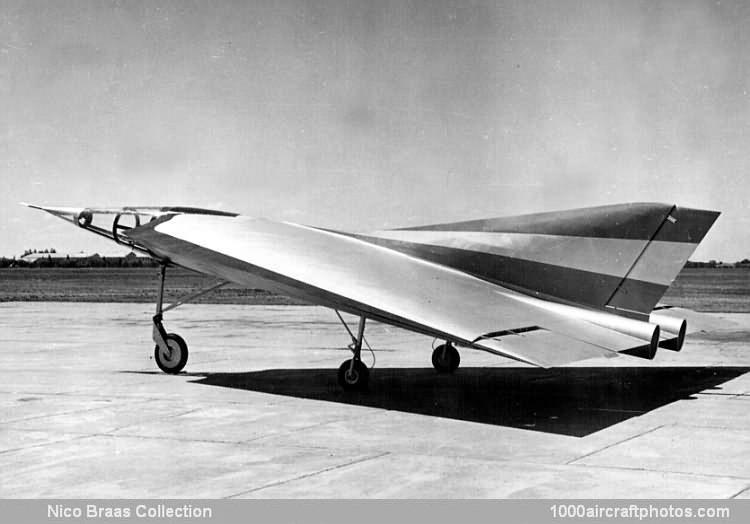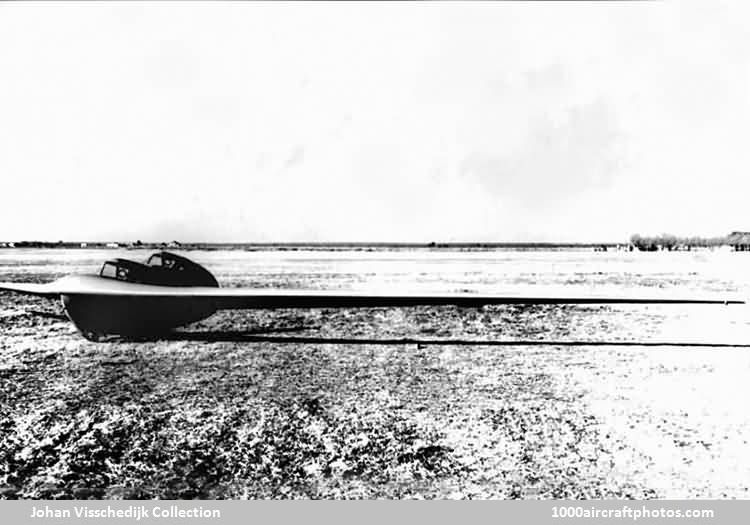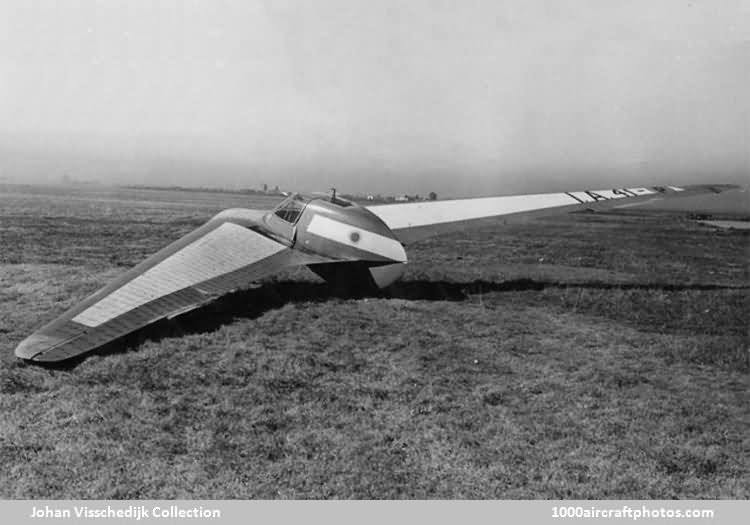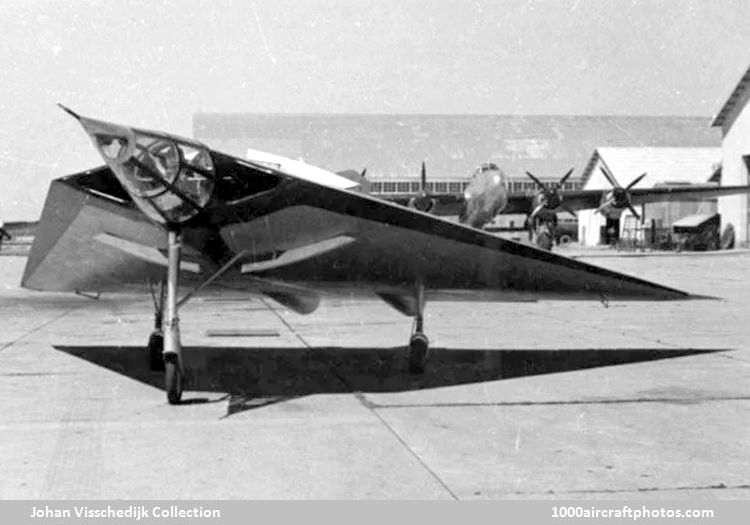05/31/2008. Remarks by
Johan Visschedijk: "The German Horten brothers, Walter and Reimar, were well-known for the design of some advanced aircraft during WW II, although they had little, if any, formal training in aeronautics, Reimar earned his doctorate in mathematics only in March 1946.
Reimar Horten emigrated to Argentina in April 1948, where he became involved in aircraft manufacturing at Instituto Aerotécnico (I.Aé.), later renamed Industrias Aeronáuticas y Meccánicas del Estado (IAME).
I.Aé.34 Clen Antú (
Johan Visschedijk Collection)
His first design, the I.Aé.34 Clen Antú (also known as the H XVa in the Horten designation sequence) was first flown in 1949.
I.A.41 Urubú (
Johan Visschedijk Collection)
A development, the I.A.41 Urubú (H XVc) was the first glider to cross the Andes, when German test pilot Heinz Scheidhauer flew the aircraft from Córdoba, Argentina, to Bariloche, Chili, on October 30, 1956.
I.A.37 (
Johan Visschedijk Collection)
Reimar Horten designed a supersonic delta winged interceptor, however only the first stage of the project was realized, a full size glider version, designated I.A.37. It was first flown on October 19, 1954, towed by a Junkers Ju 52/3m.



